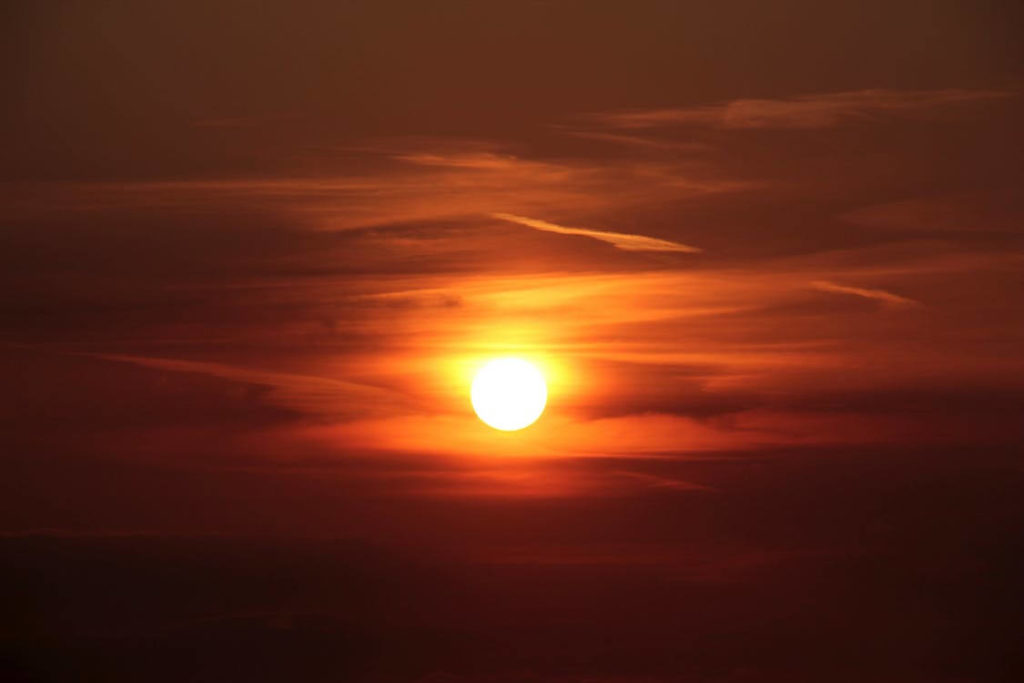One of the most spectacular, mind-bending and simply awesome feats of mother nature that we are so lucky to experience is a solar eclipse. Not only does it have scientists typing away at their super computers, analyzing new data, but it is just downright cool!
However, as grand as the natural event is, there is a safety concern you need to understand – and that is the fact you should never look directly into the eclipse. Not only can it be very discomforting, but staring long enough can also cause temporary or permanent blindness. As dangerous as it is, there are a couple of really effective tips you can implement to keep your eye safe and healthy while looking directly into the sun.
Tips for Eye Protection
1. Do not look directly into the sun:
There is no way you would look at the sun on normal days but one cannot stop the urge when one knows of a solar eclipse is happening. However, scientists have stated that looking at a solar eclipse is more dangerous. Your pupils become larger to let in more light and that poses an even greater risk to your eyesight. The sun’s ultraviolet rays can then enter your eyes on a larger scope, which can lead to permanent blindness unless treated properly. If you can’t control the urge to look at the sun, it is advised that you first cover your eyes with your hands and peek through the slight gaps between the fingers.
2. Wear eclipse glasses that meet international standards:
People often mistake normal sunglasses with eclipse glasses. Normal sunglasses are not dark enough for you to view the solar eclipse and neither are they made to protect you from the direct rays of the sun. No. 14 welder’s goggles have the perfect darkness ratio for you to be able to view the solar eclipse properly. They are so dark that you cannot see anything through them unless it is brightly lit. Be careful to inspect the eclipse glasses before using them on the big day.
3. Use a solar filter on your camera:
Who doesn’t want a picture of nature’s most mysterious wonder? You will need to tweak your camera a little bit for extra safety precaution but in the end; you will get a wonderful picture that you can show off to your friends and family. The solar filter has to be attached in front of the camera’s lenses. You can also use binoculars and telescopes as it will have the same effect on your camera.
4. Find a place that has a solar telescope:
These telescopes are specially designed to help look at the eclipse unhindered. You have to search for one online. They are the best when it comes to observing the moon align itself in front of the sun to form a black celestial ball.
Bottom Line
As fun as they can be, solar eclipses are dangerous for the naked eye. Make sure to take the necessary precautions because the next one that happens will take several years.




